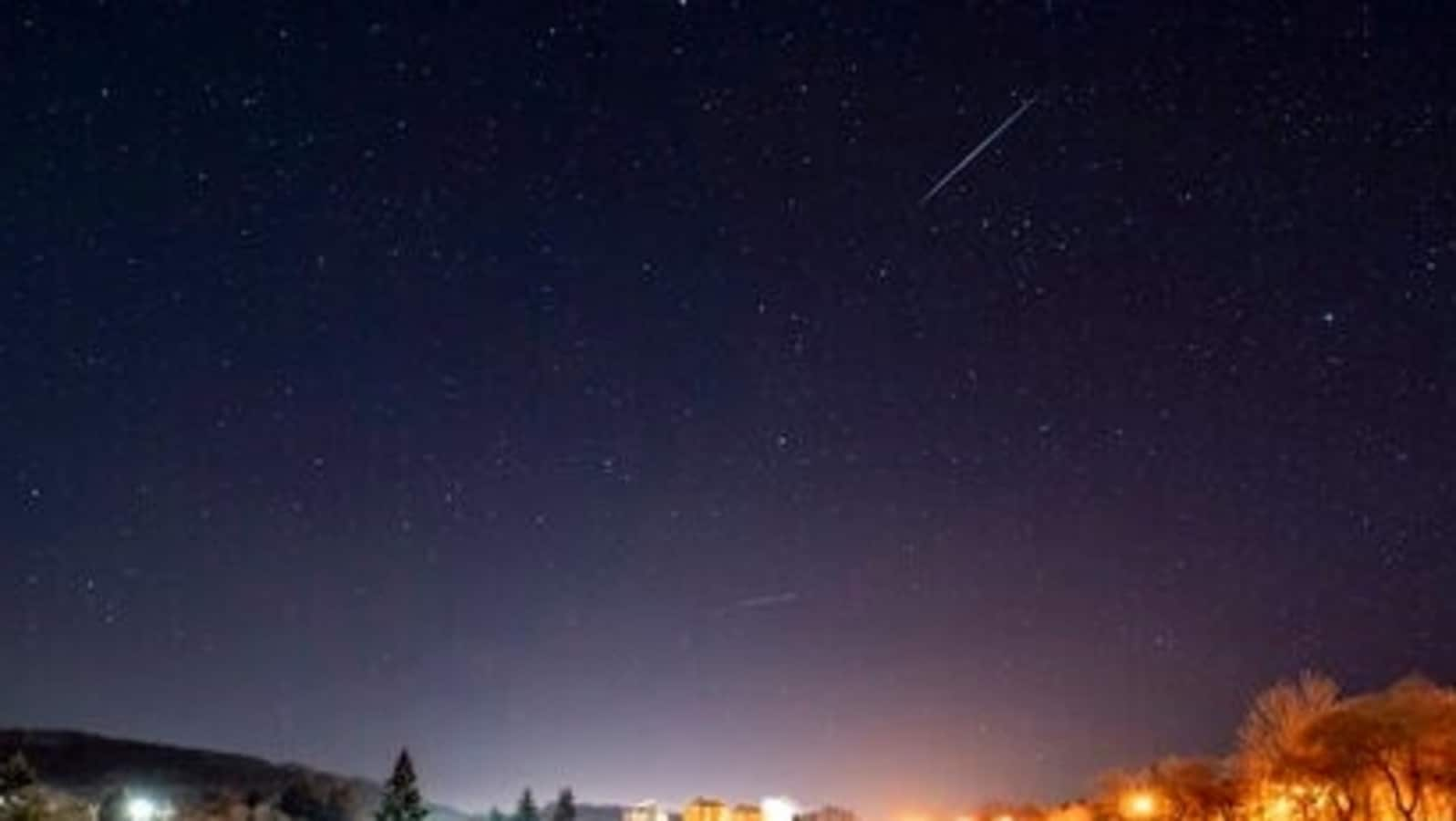Mars, Moon, Cryptocurrency and Christie's
Pieces of Mars and Moon are up for auction and the cryptocurrency enthusiasts are lapping them up at Christie's.

Thanks in large part to crypto-rich collectors, an online-only auction of meteorites at Christie's is set to break through the stratosphere. Running Feb. 9–23, the sale, Deep Impact: Martian, Lunar, and Other Rare Meteorites, follows a string of record-making meteorite auctions in 2021. The sale's precursor, held at this time last year, was a so-called “white glove” sale, meaning that every single lot sold, “and 72 out of 75 lots sold above their high estimate,” adds James Hyslop, head of Science and Natural History at Christie's. “It really was a record sale.”
That was followed by the July sale at Christie's London of a slice of the Fukang meteorite, which sold for £525,000 ($722,925), setting a public auction record for a single lot.
Driving this growth, Hyslop says, are newly wealthy crypto investors.
“Anecdotally, it's becoming the case, more and more, that the age of the average buyer was much lower than our last [meteorite] sale, and one of the reasons for that is that there are a lot more people who've made their money in crypto and they tend to be younger,” says Hyslop. “They self-identify as crypto-wealthy; some who were bidding in the last sale realized for the first time that they could actually buy meteorites, and they were extremely enthusiastic.”
One bidder who got outbid, he continues, “was extremely frustrated, and said: ‘I have to cash out some Bitcoin before the next one.'”
Understanding Value
This year's 66 lots range from an exquisite cross section of a meteorite, which appears to have a latticework design and carries an estimate of $400 to $800, to what Christie's says is the third-largest piece of Mars on Earth, estimated from $500,000 to $800,000, and said to have been dislodged from Mars's surface by another meteorite.
Price can be understood via what Hyslop calls “the four Ses”: size, shape, science, and story.
“First, all things being equal, a meteorite that's double the size will be worth double,” he explains, but notes that at a certain point “anything really big becomes a logistical nightmare,” meaning that the size rule eventually peters out. (The Hoba meteorite in Namibia weighs about 60 tons, while the Willamette meteorite in New York's American Museum of Natural History weighs a mere 15.5 tons.)
Shape, Hyslop continues, “for me is the most interesting. Most meteorites just look like a pebble you found in your driveway—they're not engaging or beautiful.” One in a thousand, though, “has something magical.”
He points to Lot 62 in his sale, a piece of iron that formed around 4.5 billion years ago inside the molten core of an asteroid. Estimated from $200,000 to $300,000, “you'd assume it was a Henry Moore or a Giacometti,” Hyslop says. “It's just breathtakingly beautiful, and the sculptural forces which shaped it just so happened to be extraterrestrial.”
Next is the science: A slice of the moon, Hyslop says, is invariably more valuable that something that came from a huge asteroid belt, which is at least part of the reason the auction's massive piece of Mars is so expensive.
The 20-pound chunk, which Hyslop says was thrown into orbit when a meteorite hit the Red Planet at a glancing angle, matches the chemical signature of Mars exactly, says Hyslop. “It's one of the few specimens of Mars we have on Earth at the moment.” The final quality—story—is obviously the most fun, and the Christie's auction has some excellent contenders.
Most notable is a lot consisting of a Costa Rican dog house.
“You have the puncture hole, and the meteorite that caused it,” Hyslop says. The dog, a German Shepherd named Roky, was unscathed. (“That was my first question,” says Hyslop.) The doghouse tableau (Lot 4) is estimated from $200,000 and $300,000, while the offending meteorite (Lot 8) is being sold separately, carrying an estimate of $40,000 to $60,000.
A (Mostly) Global Market
Hyslop says bidders are now spread around the world. “Historically, most of the buyers for this material would have been in the U.S.,” simply because for years Americans were the most committed—and deep pocketed—collectors of extraterrestrial ephemera in the field. “But it's becoming a more and more global market.”
Last year's sale had buyers in 23 countries, he continues, “although there are some geographic black spots, where they just don't buy meteorites.” (Russia, apparently, is one such demand void.)
The majority of lots are offered with no reserve, meaning that despite their estimates, a lucky bidder could potentially walk away paying a few hundred dollars.
“There's another piece of Mars estimated at $120,000 to $180,000,” Hyslop says. “It will be starting at $100.”i
Catch all the Latest Tech News, Mobile News, Laptop News, Gaming news, Wearables News , How To News, also keep up with us on Whatsapp channel,Twitter, Facebook, Google News, and Instagram. For our latest videos, subscribe to our YouTube channel.































